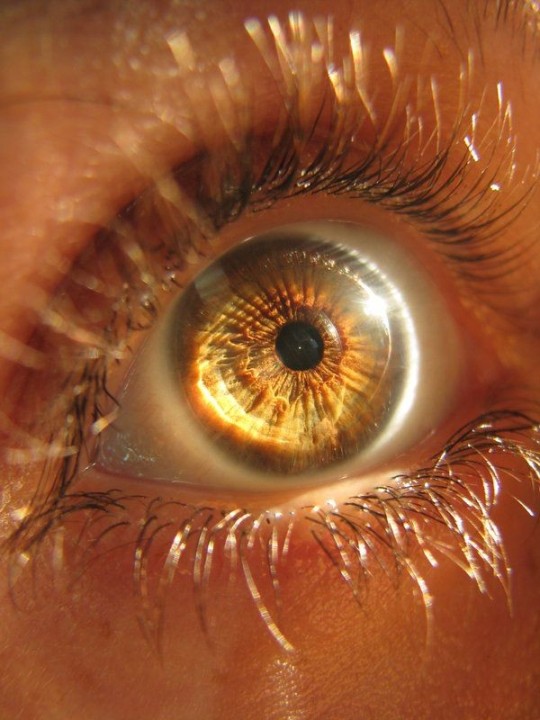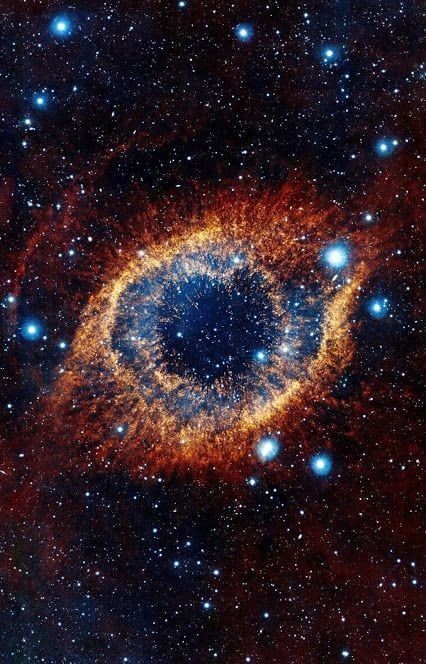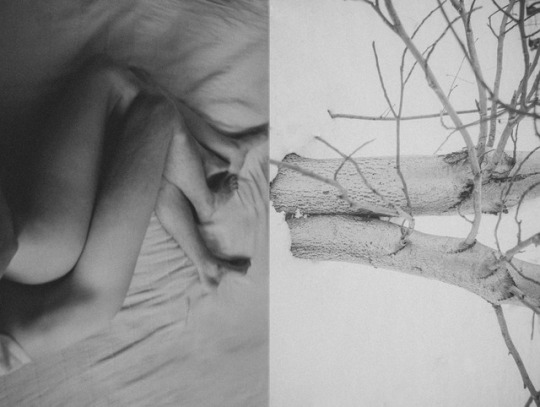#agnieszka lepka
Text




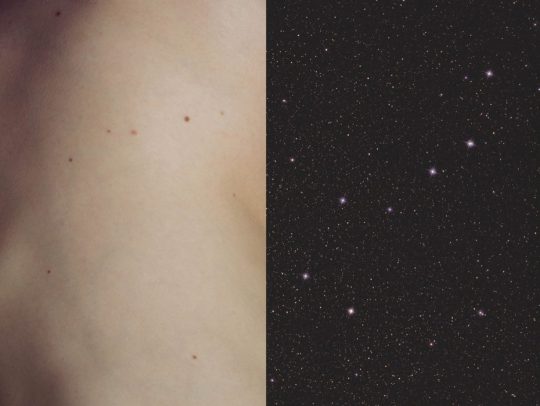
The relation between nature and human being: Agnieszka Lepka
24K notes
·
View notes
Photo




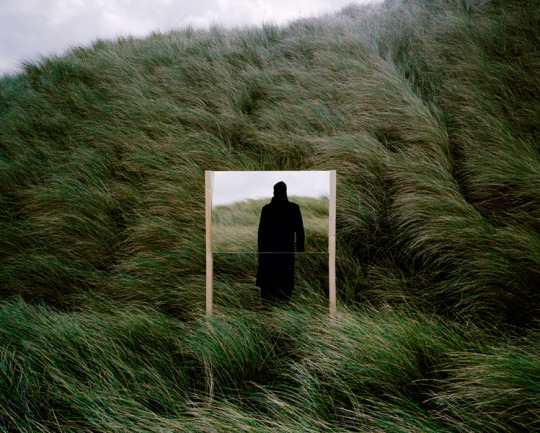


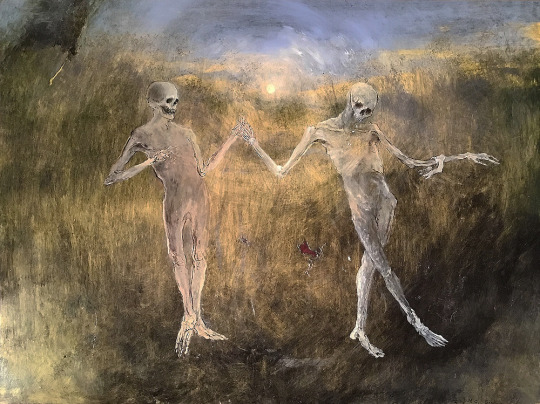


I AM ONE WITH THE WORLD: ON IDENTITY & IMPERMANENCE
excerpt from “a tale for the time being” by ruth ozeki / agnieszka lepka / tumblr post by @sketiana / excerpt from “the waves” by virginia woolf / guillaume amat / excerpt from “a tale for the time being” by ruth ozeki / excerpt from “tough questions jews ask” by edward feinstein / miles cleveland goodwin / excerpt from “buddha” by the stanford encyclopedia of philosophy / susanna majuri
391 notes
·
View notes
Text

#czytamy : ARTYSTKI: LEPKA ATMOSFERA
IWONA DEMKO I AGNIESZKA BRZEŻAŃSKA
Romanse profesorów ze studentkami były na porządku dziennym. Dowcipy, zagadywania, specyficzne żarciki, komentarze – artystki wizualne rozmawiają o dyskryminacji na akademiach i godzeniu macierzyństwa z pracą
www.dwutygodnik.com/artykul/10933-artystki-lepka-atmosfera.html
#IWONADEMKO #AGNIESZKABRZEŻAŃSKA
#PolishWomenArtists #womensart #polishart #sztukakobiet #palianshow #artystka #malarka #światsztuki #asp #akademia #edukacja @abwwia
0 notes
Photo

#human#nature#phoography#agnieszka lepka#photography#Black and White#art#collage#tree#body#grey#love
5 notes
·
View notes
Photo
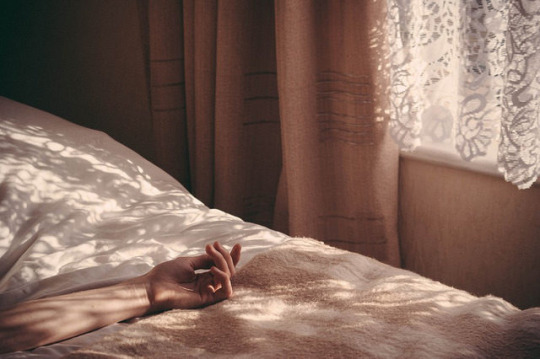
Agnieszka Lepka
source: sweet-violette
6 notes
·
View notes
Text
Extended Statement
I started this project with the idea of comparing the similarity between the human body and nature. Often, I have questioned the connections between the two, as I have always visualised people’s body parts as shapes and forms from nature.
Fine art and portrait photographer Alicja Brodowicz was photographing the body parts – “the microcosm”, and nature - “the macrocosm”. She combined the two images, by merging texture, lines, similarities in layout and alongside in composition between the microcosm and macrocosm.[1]
Agnieszka Lepka is another talented and inspirational photographer, who highlighted her photographs of the relation between the human body and nature. She mirrored the skin texture and structures with nature.[2] Her outstanding composition of close-ups of the human body parts and nature speaks the similarity between the two.
For this project, I choose to photograph my placenta. The placenta is an interdisciplinary anthology of stories, rituals, and research that explores mothers’ contemporary and traditional uses of the human afterbirth.
During the research about the placenta, I found very interesting facts that the placenta does not look the same on both sides. One side of the placenta is known as the maternal side. Which does not look very ‘involving’, and this ‘ugly’ side is attached to the uterus. The other side of the placenta is known as the foetal side, and this is fascinatingly beautiful. This site, only baby can see.[3]
The Autor Nané Jordan of the book inspire, provoke, and highlight, diverse understandings of the placenta and its’s role as a mothers’ creative life-giving. Through medicalization of childbirth, many mothers do not have access to their babies’ placenta, nor would many thinks to. She described that the placenta is often considerated to be medical property, and/or viewed as the refuse of birth. But a now greater understanding of motherland baby-centred birth care, in
which careful treatment of the placenta and cord can play an integral role. In reclaiming birth at home and in clinical settings, the mother is choosing to keep their placentas. There is a revival, and survival, of family and community rituals with the placenta and umbilical cord, including burying, art-making, and consuming for therapeutic use.[4]
My son was born seven years ago today and I only recently remembered that I brought his placenta home with me. For seven years it has been in my freezer, but only now upon seeing it again have I re-formed this connection with nature; someone once told me that the shape of the placenta reminded them of a tree.
Going through difficult times in my life and losing one of my miracles. I found that this way of documenting and capturing the moments of the precious act will bring light into my soul.
Knowing that I kept my placenta for a long period of seven years, the same old as my alive miracle, my son. I was not certain that I would be able to make it happen.
In choosing to photograph my placenta I have become aware of traditions surrounding the placenta and have chosen to follow the traditional Māori custom of burying it because my son was born on this land, and the land is connected to Māori. In the country where I was raised the placenta was never considered as something to be kept after the birth of your child. In New Zealand within traditional Māori culture, the whenua (placenta) and pitu (umbilical cord) of newborn babies are buried in a significant place, based on their deep relationship with that place. This practice reinforces the relationship between the newborn and the land of their birth.[5]
Speaking of my perspective, I am grateful and proud that I experienced this action, through caring and following the Maori tradition of this phenomenal act.
During the examination of my placenta, I realised how empowered women are. I experienced the most incredible feeling, goosebumps covered every inch of my body as I touched this particular temporary organ because without it we wouldn’t be here.
As I photographed the placenta I could clearly see the veins running through it, resembling the tree of life, naturally engraved into the placenta, a perfect connection between humans and nature.
This fascinate tree of life drawn on the placenta was not credible for me, until I saw it myself.
Ma te wahine ka tupu ai te hanga nei, te tangata;
Ma te whenua ka whai oranga ai.
Whai hoki, ki te tangohia to wahine e te tangata ke,
Ka ngau te pouri ki roto i a koe.
Na, ki te tangohia te whenua e te tangata ke,
Ka pau to pouri ano.
Ko nga putake enei o te whawhai.
Koia i kia ai, He wahine he oneone, i ngaro ai te tangata.
Woman alone gives birth to humankind,
Land alone gives humans their sustenance.
No man will lightly accept the loss of
His beloved wife, nor that of his sacred land.
It is said truly that man’s destroying passions
Are the love of his wife and love of his land.[6]
By Jill O.Brain
[1] By Michael Zhang, “Photos That Show Similarity Between The Human Body and Nature, by Alicja Brodowitcz” https://petapixel.com/2018/07/18/photos-that-show-similarities-between-the-human-body-and-nature/
[2] by Agniwszka Lepka” https://luxiders.com/nature-photography-agnieszka-lepka/
[3] Merry Fermont - “the placenta” https://fermontfotografie.nl/en/placentas
[4] “Nané Jordan’s anthology, Placenta Wit” Press, 2017 http://demeterpress.org/books/placenta-wit-mother-stories-rituals-and-research/
1 Story: Paptūānuku – the land “Page 4 Whenua – the placenta” https://teara.govt.nz/en/papatuanuku-the-land/page-4
[6] “Karakia by Jill O. Brain” https://homebirth.org.nz/magazine/article/whenua-to-whenua/
4 notes
·
View notes
Text
What does nature have to do with humans?
Art is an important medium where people can express themselves and their interpretative of nature in unique and creative ways. For this reason, art can be used as a tool to help us better understand our environment and about how one may feel about it. Nature through the arts can be represented as a picture of the earth’s landscape, music about the wilderness, photography of different species etc. No mater the medium used, our idea of interpretation is going to be different from other peoples because of our own sense of place and how we grew up.
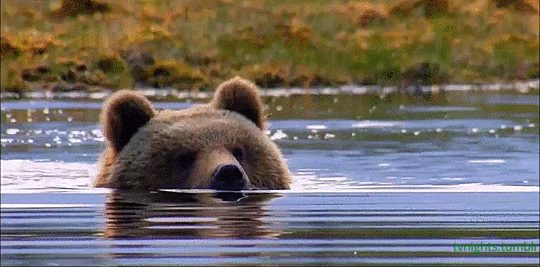
Retrieved from: Naturetvnight
Personally, when I think of art in nature, I think of the naturally occurring art we see in the wild. I think of the beautiful sunset or a twisted tree that struggled to find sunlight art, I think as humans we relate to the trees struggle and find beauty in that. When I see something in nature that represents me I feel a connection and overwhelming sense of joy. I appreciate the “gift of beauty” (Beck et al. 2018) that nature gives us. I understand that the experience of actually being in nature is more meaningful than something that could be captured in a picture. This allows me to develop a unique vision of what nature is to myself. I think all mediums can help contribute to the gift of beauty, but actually seeing nature in it’s raw form is even more powerful.

Retrieved from: https://www.encirclephotos.com/image/twisted-tree-at-plaza-columbia-in-vina-in-vina-del-mar-chile/
Art speaks to us when there is a familiarity associated allowing you to feel a sense of connection to the piece, which means art, will be subjective. I think nature is a very good example of this to me when I see the bark on trees it looks like the deep lines that run through my hands, lightning appears to look like the veins that run though my eyelids, the dry cracking ground represents my dry skin in the crisp winter months. Nature often personifies humans, which allows us to relate to it, deepening our connection and understanding for its beauty. Art doesn’t need to be this extravagant million-dollar painting; it can be a simple cloud in the sky that reminds you of something from you childhood.

Retrieved from: https://www.ignant.com/2017/09/12/human-vs-nature-by-agnieszka-lepka/
People look for connections through art all the time and nature is no different, we are all on the same earth and have the same goal, survival. We are more connected to nature than anyone realizes, when it is dark, gloomy and rainy we often feel a sense of melancholy, but when the sun is radiating beams of light down at us we are often joyful and excited. To me Mother Nature is the greatest artist and need to be protected and taken care of better than what we have given her thus far.

Can you think of any other instances in nature where the earth has personified as a human? Does this occurrence speak to you and why?
1 note
·
View note
Text
art and nature
Like most things in life, beauty is subjective. We all interpret beauty differently, and our opinions regarding what is beautiful differs between individuals. Personally, I think art is a fantastic way to deliver meaningful concepts and images - especially through painting. I don’t consider myself a very artistic person, but I do love to paint and it’s something I do to clear my mind and relax. I don’t usually paint environmental landscapes (maybe someday i’ll live my Bob Ross fantasy), but I do paint anatomy. I find body forms to be extremely beautiful and complex, and when I finish a work I feel accomplished. It has also always interested me how we have several forms in our bodies that mirror what occurs naturally in the environment. For example, the veins in leafs replicate the veins in our skin, and the rings on the palms of our hands replicate those in tree stumps. Mother nature is clearly an artist herself, that’s why people have been drawing inspiration from it for centuries. These similarities are fascinating, and are a constant reminder of what we came from.

(Human vs. Nature. Retrieved from https://www.ignant.com/2017/09/12/human-vs-nature-by-agnieszka-lepka/)
However, as discussed in this unit, there is always risk involved when creating art. In my case, people may be offended by a naked body, or not understand the meaning behind my paintings. This risk is always present, even in nature interpretation through art. Not everybody is going to relate to or appreciate the landscape, so they may disregard it. Sometimes, it's hard not to “judge a book by it’s cover”, and see the work from the artist's perspective. While it may not be your cup of tea, nature through art is effective for those who do not like being out in nature. I have met plenty of people in my life who do not like being outside for many reasons (bugs, unpredictable weather, etc.). Some people just prefer to be indoors, and our job as nature interpreters is not to change that. However, our job is to use our tools to show these people how they can still appreciate the beauty and depth of nature through art, and I think that’s very special. Furthermore, if we spend our lives trying to please everyone, that will be a life wasted (in my opinion). As the Russian author Sholem Aleichem once said, “there's no pleasing everyone. It’s hopeless to even try, and the more you play the peacemaker, the less peaceful things become”. It’s much better to speak your truth in natural interpretation, and recognize that you cannot control other people's reactions to it, than simply tell everyone what they want to hear.
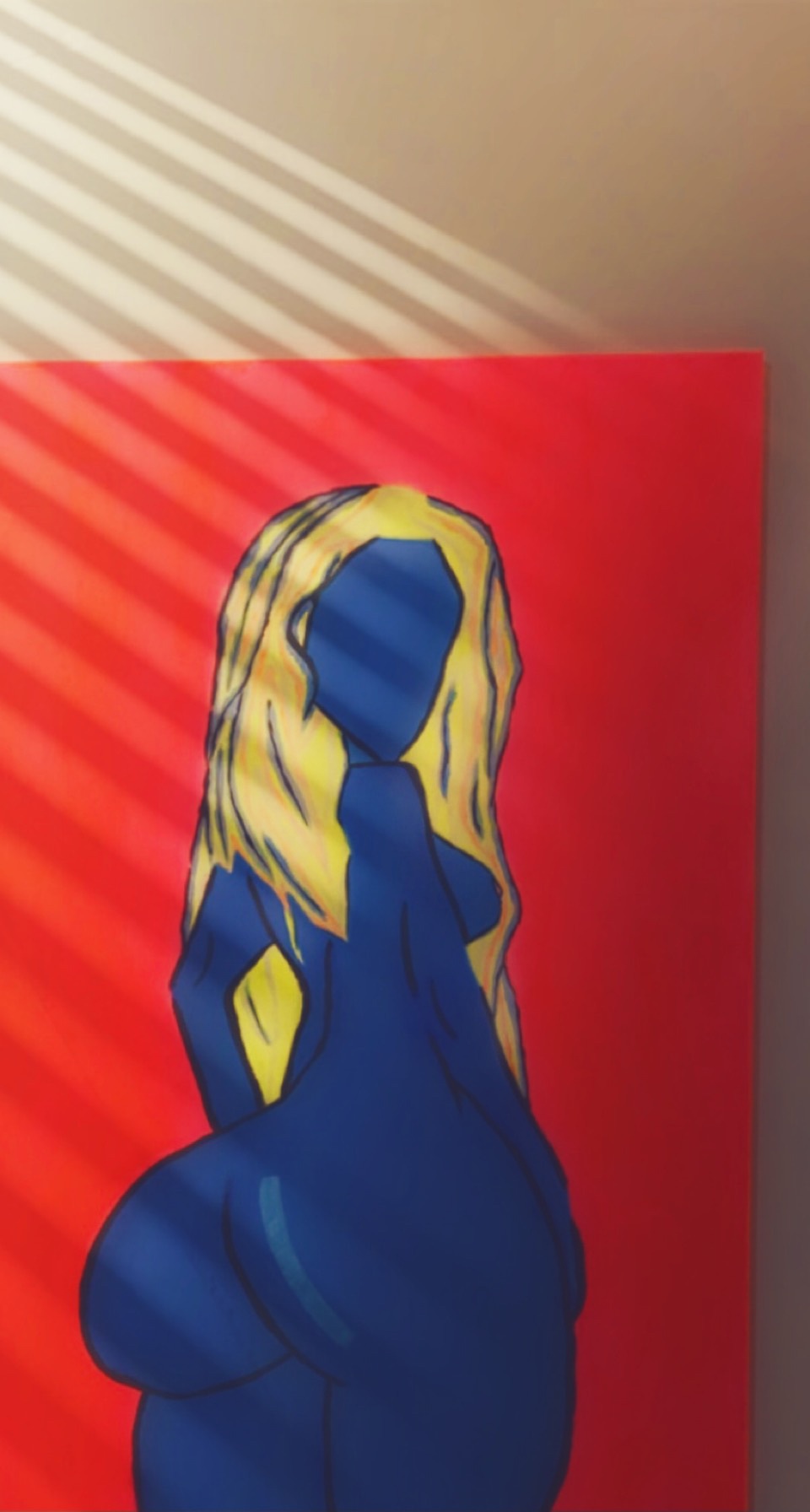
(PERSONAL PHOTO// “Linda”, one of my paintings. Taken January 30th, 2021)
I interpret the gift of beauty as the fact that everything has inherent beauty within it, even the smallest things. Life in itself is beautiful, so anything that supports life or that is alive is beautiful. Beauty is not only in what we see, but in the function things serve and the intent behind them. Art that focuses on the destruction that climate change is causing may not be beautiful to look at, but the awareness it is spreading and the message behind it is where the beauty is. If you are having a bad day and are having trouble seeing the beauty in life, I encourage you to look a little closer, and look to nature for guidance.
- Meghan✿
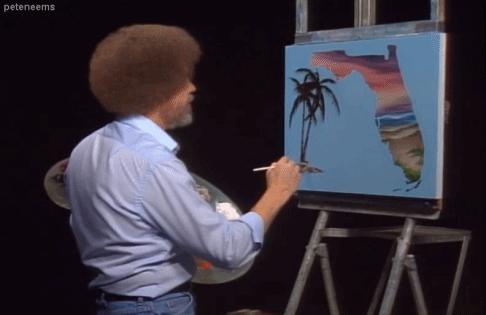
(Retrieved from: peteneems)
Reference:
Sarah Press. (2019, August 15). Human Vs Nature By Agnieszka Lepka. IGNANT. https://www.ignant.com/2017/09/12/human-vs-nature-by-agnieszka-lepka/
0 notes
Photo

Human vs. Nature by Agnieszka Lepka #SickMindsMedia
1 note
·
View note



